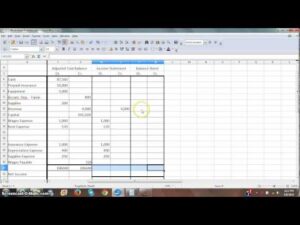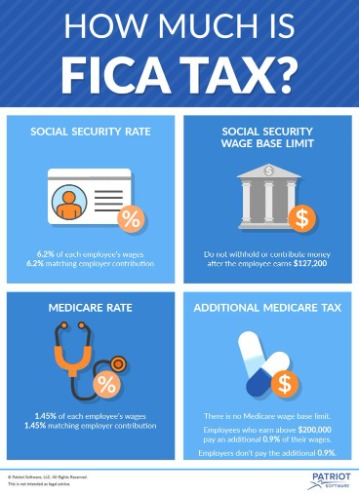Reconciling Accounts in QuickBooks: Step-by-Step Guide
Friday, October 27th, 2023
You also need to ensure that the opening account balance shown in QuickBooks is correct. This is especially important the first time that you carry out a reconciliation. The opening balance should match your bank account balance period in question.
If QuickBooks is not connected to online accounts, the statements will not be loaded. Finally, you need to make sure all transactions are matched to already-entered transactions, or categorized and added if there is no such transaction entered already. QuickBooks will attempt to match downloaded transactions to previously-entered transactions to avoid duplication.
- This process is crucial for verifying the completeness and accuracy of financial transactions, and it plays a vital role in maintaining the integrity of the company’s financial records and reporting.
- This final step is crucial for ensuring the accuracy and integrity of the financial data.
- In doing so, you pave the way for a thriving and sustainable future for your business.
- Learn how to set up a local entity for your business with this easy-to-follow guide, covering legal requirements, registration, and more.
- QuickBooks will load the statements and facilitate a side-by-side comparison.
Step 1: Review your opening balance
If it’s genuinely missing, add it manually to maintain alignment. It’s recommended to focus on one account at a time to maintain precision. what is the accounting cycle Below, we delve into a detailed explanation of the account reconciliation process within QuickBooks. Learn everything you need to know about WooCommerce pricing 2024. From hosting and domains to essential plugins and transaction fees, discover the real cost. QuickBooks Online and Wise Business can be connected and automatically synced.
For example, if the payee is wrong, you can click on the transaction to expand the view and then dog definition select Edit. After you reconcile, you can select Display to view the Reconciliation report or Print to print it. If your beginning balance doesn’t match your statement, don’t worry.
QuickBooks Inventory software: the complete buyer’s guide
Reconciling statements with your QuickBooks company file is an important part of account management. It ensures that QuickBooks entries align with those in your bank and credit card account statements. To carry out a reconciliation, you will need to have your monthly bank or credit card statements on hand.
Step 3: Entering Statement Date and Ending Balance
Over a short timeframe such as a month, differences between the two balances can exist (due to bank errors or checks that have not been cashed by the payee, for example). Frequent reconciliation is important to ensure your QuickBooks accounts remain accurate. QuickBooks will load the statements and facilitate a side-by-side comparison.
Understanding the Importance of Reconciliation
This process is crucial for verifying the completeness and accuracy of financial transactions, and it plays a vital role in maintaining the integrity of the company’s financial records and reporting. This crucial feature can be accessed by navigating to the ‘Banking’ menu and selecting the ‘Reconcile’ option. Once within the reconcile window, users can input the bank statement date, ending balance, and begin matching transactions. The significance of this phase lies in its ability to identify any discrepancies or errors, providing a clear overview of the company’s financial status.
Once you have your monthly bank statements, you can reconcile your accounts. You’ll compare each transaction in QuickBooks with what’s recorded on your bank statement. At the end, the difference between the account in QuickBooks and your bank statement should be US $ 0.00. In the realm of modern business, leveraging technology to optimize financial management has become an imperative. QuickBooks, a leading accounting software, stands as a crucial tool in this endeavor.

Just like balancing your checkbook, you need to do this review in QuickBooks. You should reconcile your bank and credit card accounts in QuickBooks frequently to make sure they match your real-life bank accounts. This process plays a crucial role in ensuring that the recorded transactions align with cash short and over definition and meaning the actual activity in the bank account.


